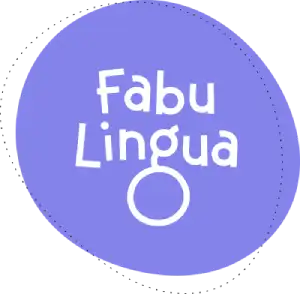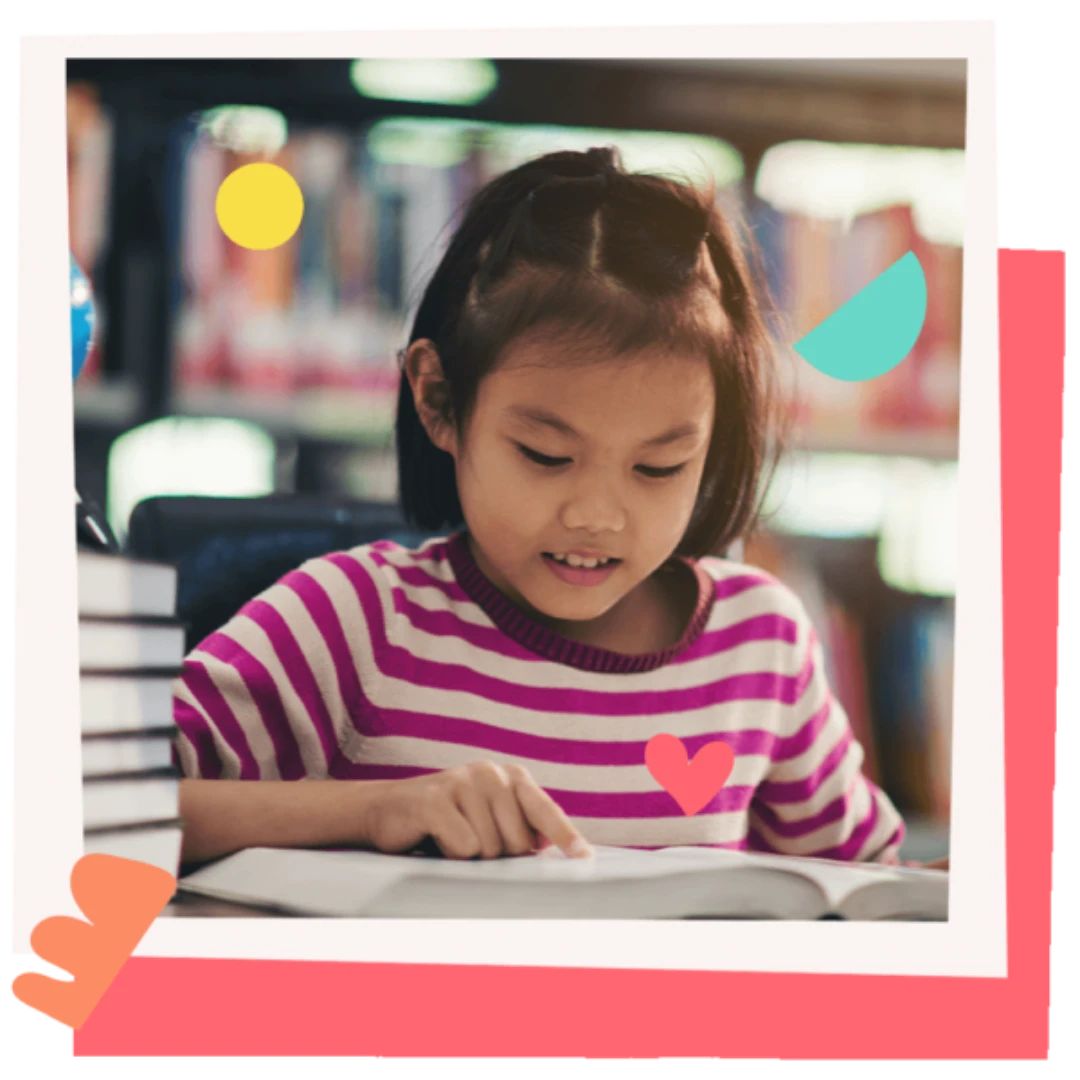In this post: We share six ways research has proven bilingualism affects the brain of children and adults.
Growing up in a multilingual family, I always knew I wanted to raise my children to be multilingual as well. Having the ability to communicate with multiple groups of people around the world provided countless opportunities for me, and I wanted my kids to have those same opportunities.
Everyone has their own reasons for raising their children to be bilingual. Oftentimes, it is with the intention of setting them up well for the future. Did you know, though, that learning a new language can have more immediate effects on the brain?
In this blog we focus on the well-documented benefits of bilingualism on the brain development of a child. In its sister blog “What are the Benefits of Learning a Second Language as a Child?” we center learn how being bilingual or multilingual as a child increases cultural awareness, provides new opportunities, and fosters social-emotional development! Make sure you check out that blog after reading this one.
What is Bilingual Education?
When children learn a language at an early age, their brains are better suited to become bilingual faster and more proficiently. Bilingual education can be found in many forms, like books, TV shows, apps, and the traditional classroom. Oftentimes, however, people doubt how effective these methods can really be for becoming bilingual, or they simply do not see any benefits of bilingualism. What research has found, however, is that… more often than not… bilingual is better.
The Benefits of Being Bilingual on Brain Development
Countless studies have been done to prove that learning more than one language has major positive effects on the brain. By introducing your child to a language other than their native language, you are helping them improve their brain structure in at least six different ways:
#6: Bilingual Brains Have More Gray & White Matter

Recent studies have found that as a child’s brain develops, bilinguals are able to retain more gray and white matter than monolingual children.
In September of 2020, researchers from the University of Reading and Georgetown University observed detailed scans of bilingual and monolingual children and found evidence of more gray matter in bilingual children and adolescents than monolinguals of the same age. “In previous studies, we’ve already seen that bilingualism has a positive effect on gray and white matter in adult brains, but this is the first time we’ve seen strong evidence for these effects in children and adolescents as well…here we see the effect of bilingualism on the brain as we develop” said study author Dr. Christos Pliatsikas.
When we say “gray matter”, we’re referring to the parts of the brain that help one process and communicate information. While we all have gray matter, as we develop from childhood, we lose gray matter, causing us to “slow down” mentally and physically. And “white matter” is what allows different parts of the brain to communicate, suggesting more efficient brain communication in bilinguals and multilinguals.
As a result of retaining more gray and white matter, bilinguals are likely to be more intelligent, have better memory, and age better than monolinguals, along with many more benefits! Who doesn’t want that?!
For a little more information on gray matter in bilinguals, check out this study done by the Georgetown University Medical Center!
#5: Brain Benefits of Bilingualism Include Enhanced Focus & Attention
One common misconception about the bilingual brain is the idea that children will become confused by the process of learning and speaking more than one language. Interestingly, research has shown that learning and speaking multiple languages can actually aid in focus and attention.
In a study done by researchers at the University of Birmingham, 51 English speakers and 48 bilingual speakers (English and Chinese) were administered the Flanker task, the Spatial Stroop test, and the Simon task in an effort to measure their ability to block out distractions.
While the two groups had similar scores overall, the bilingual group demonstrated faster response times, indicating a higher capability to block out distractions and focus where necessary.
More so than monolinguals, bilinguals can switch tasks with relative ease, be attentive, concentrate and avoid distractions… Think about it!–When speaking one of your known languages, you must focus on the correct vocabulary and grammar for that particular language.
This practice of task switching and attentiveness then means multilingual speakers are constantly practicing and developing that skill, allowing them to be more attentive in other parts of life! This capacity for increased attention and focus that comes from being raised bilingual is a great antidote to increasing attention issues documented in younger generations today. This is just one of many ways that being bilingual is better for your child’s development!

#4: Being Bilingual Fosters Enhanced Cognition & High Executive Functioning Skills

Cognition is, in simple terms, the mind’s act of thinking, perceiving, remembering, judging, and recognizing. Cognitive development, therefore, is how children establish and advance these skills to make sense of the world around them. In bilingual education and language learning, the most evident set of enhanced cognitive abilities is executive function.
Executive functioning skills are “the mental processes that enable us to plan, focus attention, remember instructions, and juggle multiple tasks successfully”. It’s the brain’s powerhouse that is uniquely well developed in humans and allows us to set goals, develop a plan and execute it in order to run our lives as desired. In multilingual speakers, these skills regularly come into play when identifying and selecting a language, and as a result, develop more in the bilingual and multilingual people, improving other decision making and selection processes such as executive function.
In 2004, Ellen Bialystok of York University conducted a trial among 4 and 5-year olds in which they were instructed to sort cards by either color or shape. After sorting by one category, the children were told to sort by the other, in which the bilingual children were more successful.
In that situation, the bilinguals’ ability to switch between rules with relative ease and at a faster pace indicated better task-switching abilities and thus better executive functioning skills, which all signify an enhanced cognition! This enhanced cognition is an advantage of being bilingual that will reap benefits even through adulthood!
#3: Becoming bilingual stimulates the development of creative and critical thinking skills.
Bilingual and multilingual students have stronger capacities for pattern recognition, problem-solving, and finding more creative solutions to problems. These are incredibly important skills that impact the academic, professional, and personal spheres of children and the adults they will become.
According to a study from the Center for Advanced Research on Language Acquisition, “there’s a well-established positive relationship between basic thinking skills and being a fully proficient bilingual who maintains regular use of both languages. Fully proficient bilinguals outperform monolinguals in the areas of divergent thinking, pattern recognition, and problem-solving. Bilingual children develop the ability to solve problems that contain conflicting or misleading cues at an earlier age, and they can decipher them more quickly than monolinguals.”
A study at the University of Strathclyde found that bilingual children outperform children who speak only one language in the areas of problem-solving and creative thinking. It compared monolinguals (in English and Italian) to bilinguals (English/Gaelic and Italian/Sardinian). “Our study has found that it can have demonstrable benefits, not only in language but in arithmetic, problem-solving, and enabling children to think creatively. We also assessed the children’s vocabulary, not so much for their knowledge of words as their understanding of them. Again, there was a marked difference in the level of detail and richness in description from the bilingual pupils.”

#2: The Social Benefits of Being Bilingual Include Greater Social and Emotional Intelligence
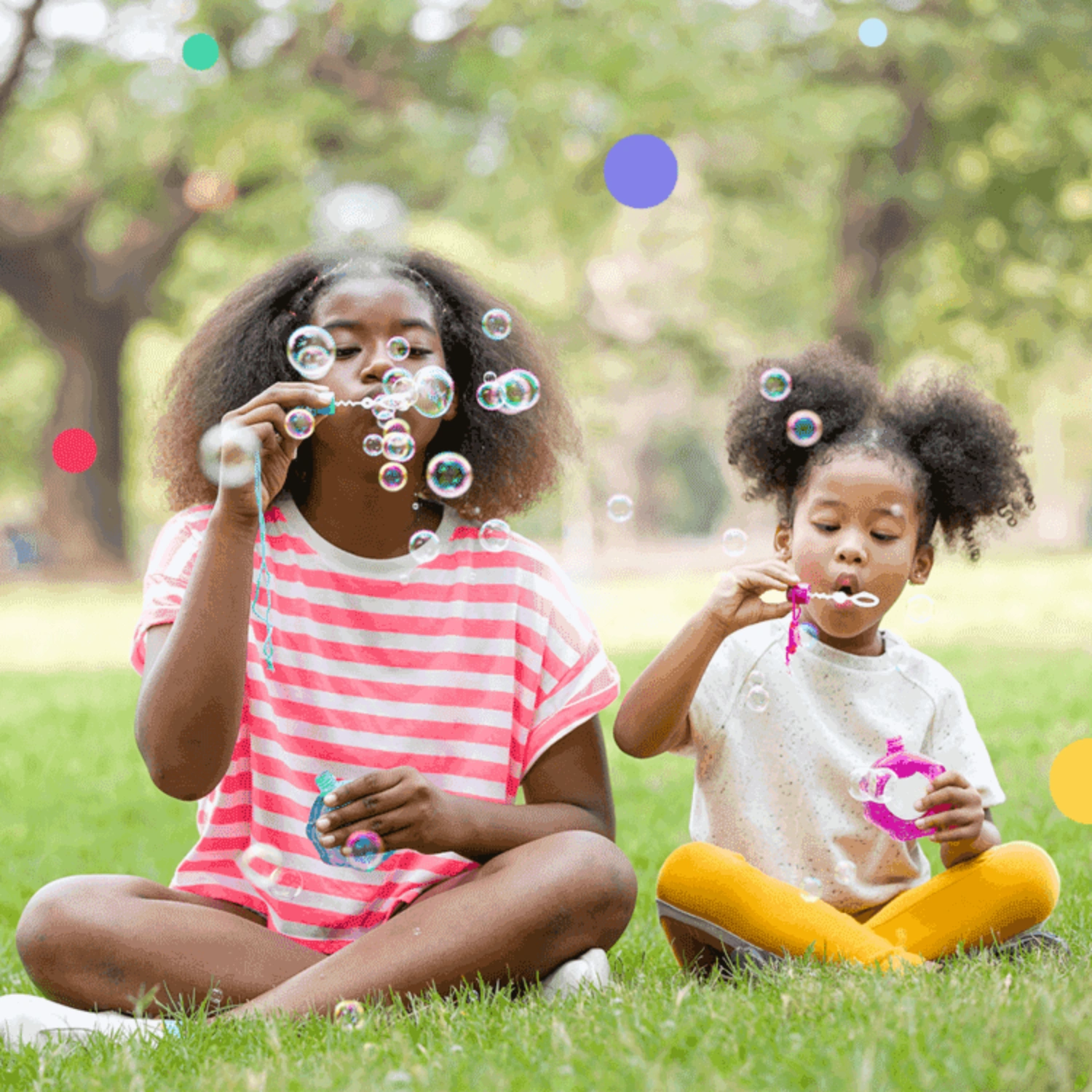
Social-emotional skills are the skills that allow your child to build personal connections, communicate effectively, and process emotions. In bilingual children, the ability to understand multiple perspectives through speaking another language helps build these skills.
A study done in February 2021 by Siew Ann Cheong’s Lab found that among a group of Singaporean children learning English and one other language, the more bilingual vocabulary an individual could understand and respond to, as well as the longer an individual spoke the languages, the better their social-emotional and behavioral skills were.
This means that those bilingual children, as a result of having better social-emotional and behavioral skills, were likely more capable of connecting with others on a deeper level. This is one of the effects of bilingualism that will impact both the individual and society.
Oftentimes, the importance of this “softer” skill is neglected in academic settings, but it can have a great impact on your child’s development! Especially after almost two years of online learning and limited social interaction, we should be prioritizing the encouragement of social-emotional skills, and language learning is just one way to get there!
Check out our other blog “What are the Benefits of Learning a Second Language as a Child?” to learn how being bilingual or multilingual as a child increases cultural awareness, provides new opportunities, and fosters social-emotional development!
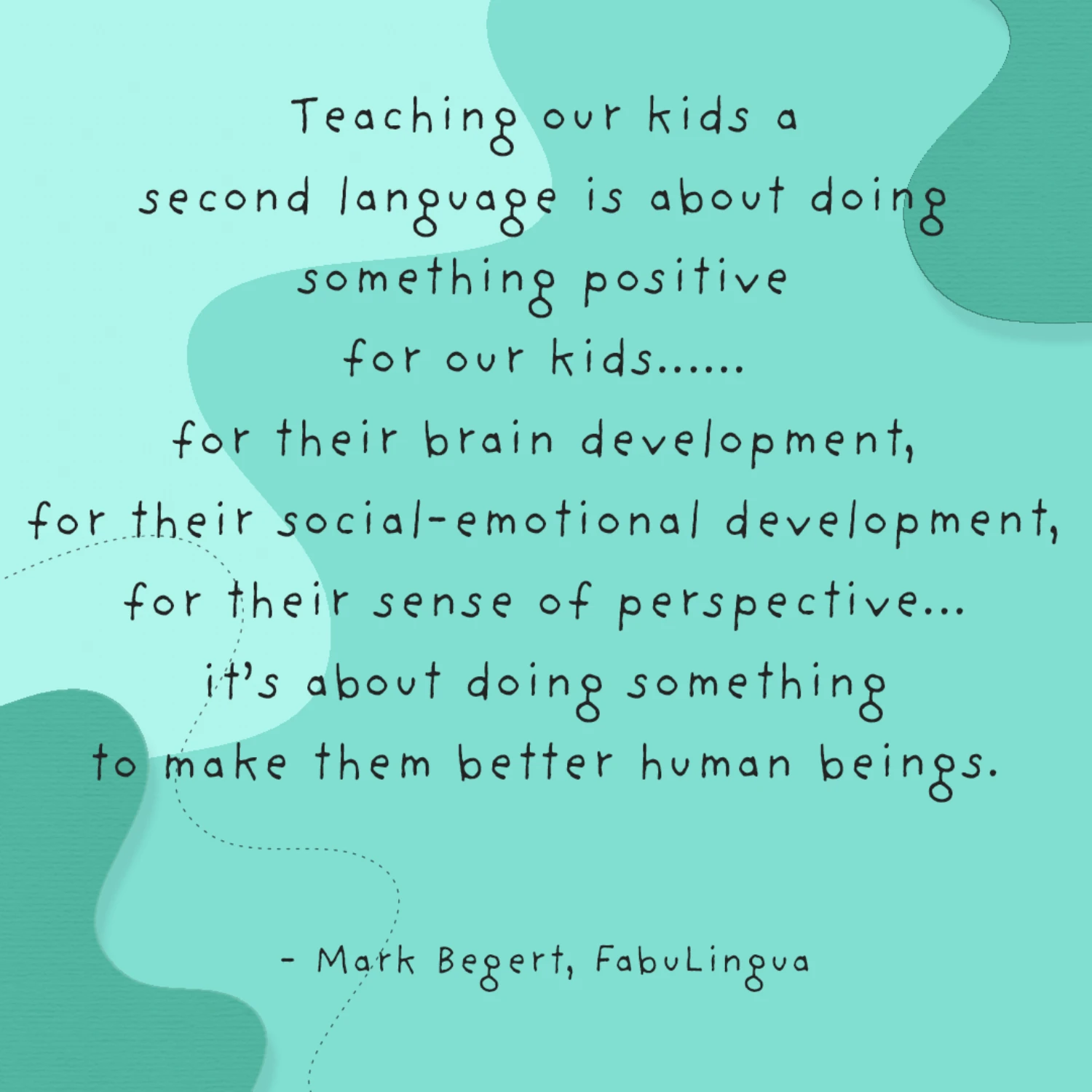
#1: Being Multilingual Fosters a Greater Capacity for Empathy
In a trial done by the University of Chicago, researchers found that both bilingual children and children exposed to multiple languages were able to understand other perspectives, communicate more effectively, and have less egocentric mentalities than completely monolingual children.
Essentially, by understanding another language, bilingual children were able to acknowledge the existence of multiple perspectives and use that knowledge to think outside of their own mentalities.
Whether we notice it or not, our identities are heavily influenced by the language (or languages) we speak… it determines how we communicate with others, what we communicate, and even how we think!
When children become bilingual or multilingual, they are introduced to a new form of identity. By learning how other people think and communicate with others, they are able to see the world from another perspective, thus becoming more empathetic.


Think about it this way… in the life of a bilingual child, two perspectives of everything exist. Our founder, Leslie, likes to use the following example when describing bilingual empathy:
“From a very young age, [bilingual] children are able to understand that for any given object, like a drinking glass, multiple names may exist. A child who learns English at school but speaks Spanish at home knows their glass may be called a “glass” at school and a “vaso” at home. By this, they understand the fact that multiple perspectives exist on one item [the glass]. This capacity to understand that there are different perspectives translates into other areas of their life, even outside of languages.”
“…when children are raised bilingually, they get access to the mental maps that allow empathy to happen earlier… [bilingual children] realize that they have a perspective and there are other perspectives… you’re really scaffolding this understanding that there are different perspectives in the world and yours is not the only one”. Click here to watch her entire interview with @bilingualbridges on Instagram!
The Benefits of Growing up Bilingual are Undeniable!
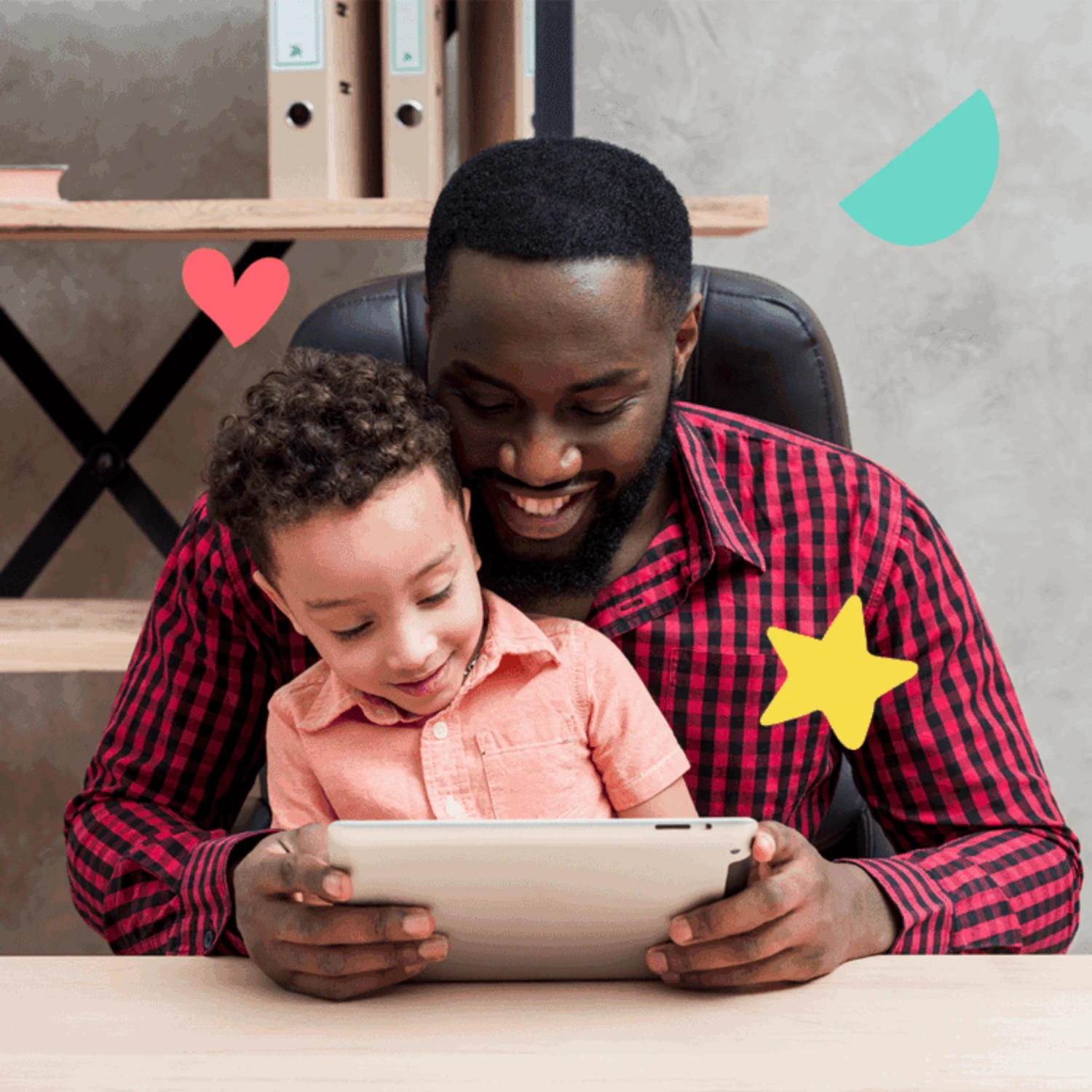
Obviously, bilingualism isn’t the be-all and end-all for your child’s development. They can be monolingual and still display many of these brain benefits. That being said, if you have the opportunity to significantly improve your child’s brain health, why not give it a try? And what better time to introduce your child to bilingual education than in their prime years of development?
A recent article in The Economist entitled “Is being bilingual good for your brain?” points to the benefits of getting started young since “studies suggest that the effects of languages on the brain are stronger for young children and the old than they are for young adults”.
According to the CDC, the first eight years of a child’s life “can build a foundation for future learning, health and life success”. That means that by introducing your child to bilingual and multilingual education at an early age, you are setting them up well for future neurological, social, and physical development. Check out this short TED-Ed video that explains all of this!
This may seem like a daunting task, but luckily, you’re not in it alone. There are plenty of resources out here to help you introduce Spanish to your child including our own app, FabuLingua! FabuLingua utilizes the power of storytelling to introduce Spanish into the lives of children, taking the stress of the job off your shoulders.
Through our patented Magical Translations® methodology, your child will only see the text in Spanish (like they would in a regular Spanish story), but they will hear the narrator’s rhythmic alternation between Spanish and its English translation, making it easy to understand! This method allows the children to follow the story in a relaxed and engaging way, which we know is the ideal state for language acquisition. To the kids, they’re enjoying an engaging story with minimal effort, no stress, and all the fun. In their brains, however, they’re actually learning Spanish!
Start your journey for free with FabuLingua!
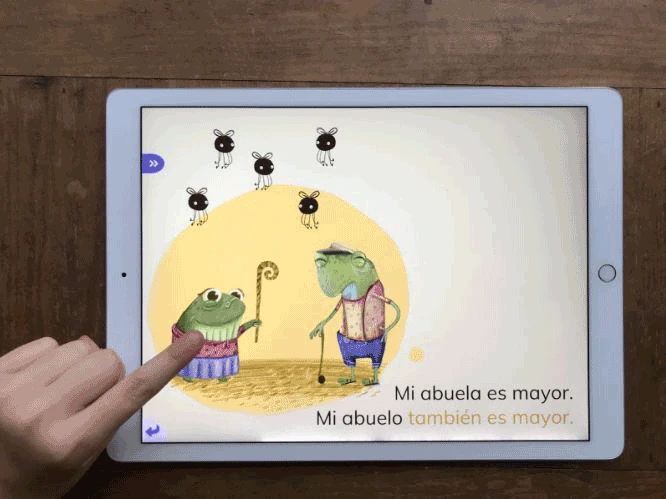
“We homeschool in Spanish/English. I so appreciate that this app doesn’t only read to the kids but encourages mastery of a story (and the included vocab) by having the ultimate goal of the child recording their own voice reading the story for themselves. Well done, FabuLingua!”
-Lauren
“I became your biggest fan recently. I was looking for a Spanish language app for my kids that would be educational, fun and effective. What you have created is amazing!… Learning languages through reading stories with simultaneous translation is the best way in my opinion.”
-Svetlana H

Get the FabuLingua app today in the AppStore or Google Play store and receive one-week free when you subscribe!
